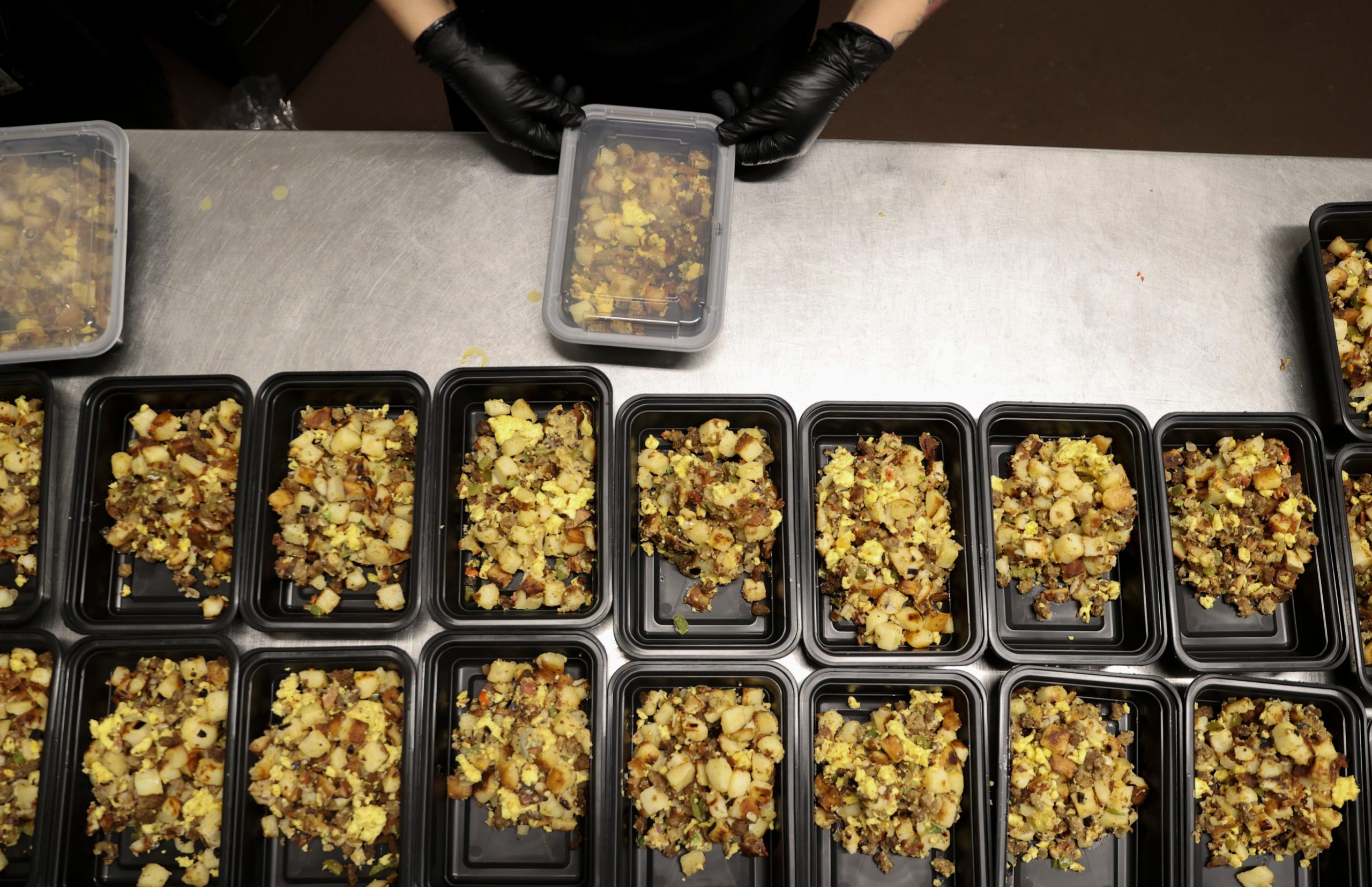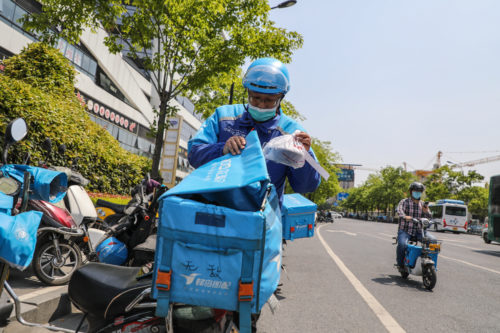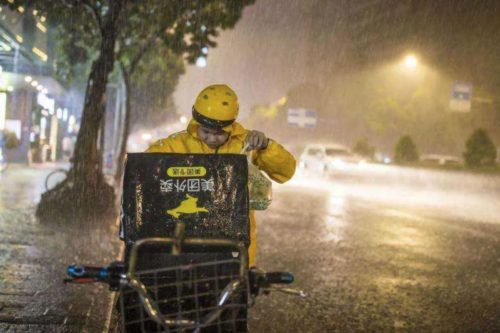Delivery-only ‘ghost’ restaurants spring up across China, prompting concerns about dirty kitchens
App-based food delivery is urban China’s favorite new way to dine. But how clean are the kitchens of the virtual restaurants that make much of the food?

Ordering take-outs from restaurants on food-delivery apps can be a bit of a gamble. Every now and then, an order can take forever to arrive, and the food is nothing like it’s advertised. Now, for users of Chinese delivery services like Ele.me and Meituan, a new anxiety is about the origin of their food: Is it from a legit, bricks-and-mortar restaurant or a delivery-only brand with no physical location and little care for food safety and cleanliness?
Per Blue Whale Media (in Chinese), an online news outlet covering business and finance in China, virtual eateries — which also go by names like dark kitchens and ghost or cloud restaurants in the U.S. and “fly restaurants” (苍蝇餐馆 cāngyíng cānguǎn) in China — are popping up across the country and reshaping the Chinese restaurant industry. By skipping storefronts altogether and bringing food straight to customers, these delivery-only brands only exist in on-demand meal delivery apps.
- In phone interviews with business owners listed on major third-party delivery platforms, reporters with Blue Whale Media found that about one third of the restaurants they contacted had no actual storefronts. Several food couriers told the publication that more than half of the restaurants they dealt with daily were ghost kitchens.
- The reporters reached out to Ele.me and Meituan, two of China’s food delivery giants, asking for data on the percentage of virtual establishments on their platforms, but they didn’t immediately respond.
Many of these delivery-only brands are only part of larger culinary companies that build and manage meal preparation hubs in various locations in a city, Blue Whale Media noted. In each hub, hundreds of cooks congregated and whipped out dishes for various virtual brands.
- The entry barrier to the business is worryingly low. Individuals hoping to open a cloud restaurant can set up shop instantly with a ghost kitchen provider, whose starter package often includes commercial food production space, recipes, and even food photography classes.
- In one hub located in an old office building, there were more than 20 ghost kitchens under one roof. Delivery couriers lined up in a waiting area ready for their orders to be called.
In theory, ghost kitchen facilities are subject to the same food-safety laws and health codes as bricks-and-mortar restaurants. But when visiting several delivery-only eateries, the reporters discovered that the vast majority of them operated out of small, dark spaces and fell far short of basic standards of cleanliness.
- Problems highlighted by the reporters ranged from dirty kitchens with baked-on food and greasy, cracked tiles, to live cockroaches.
- The hygiene conditions in those kitchens are not shown on apps. Worse, diners who order from the apps usually have no idea that the restaurant doesn’t physically exist.
China’s food delivery industry has grown rapidly over the past five years: the market size is about $45 billion, with the number of users using delivery services approaching 500 million people.
- However, the boom didn’t translate into better payments or working conditions for delivery drivers, who are still not entitled to standard worker’s benefits like a minimum wage and health insurance.
- Another dark side to the boom is the sheer amount of packaging waste caused by takeout containers, utensils and bags.





